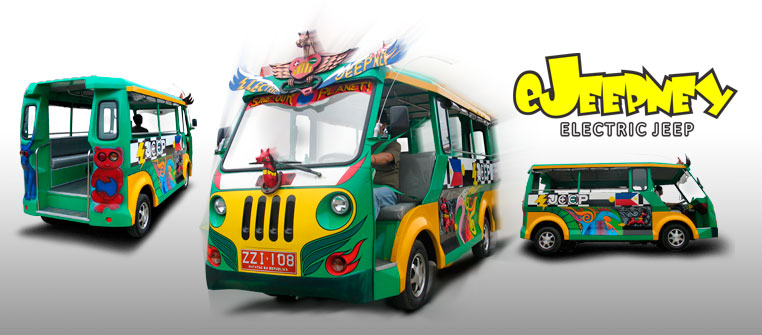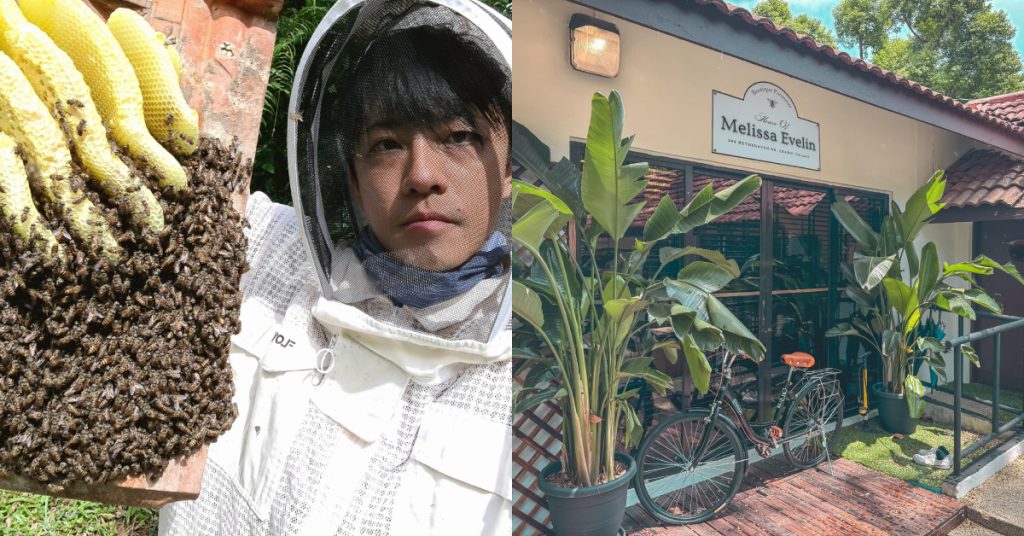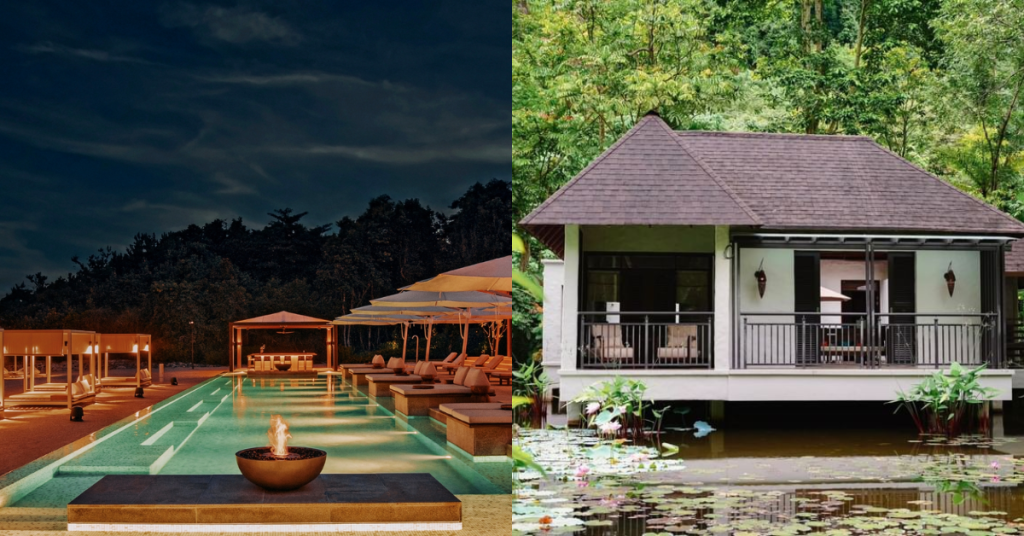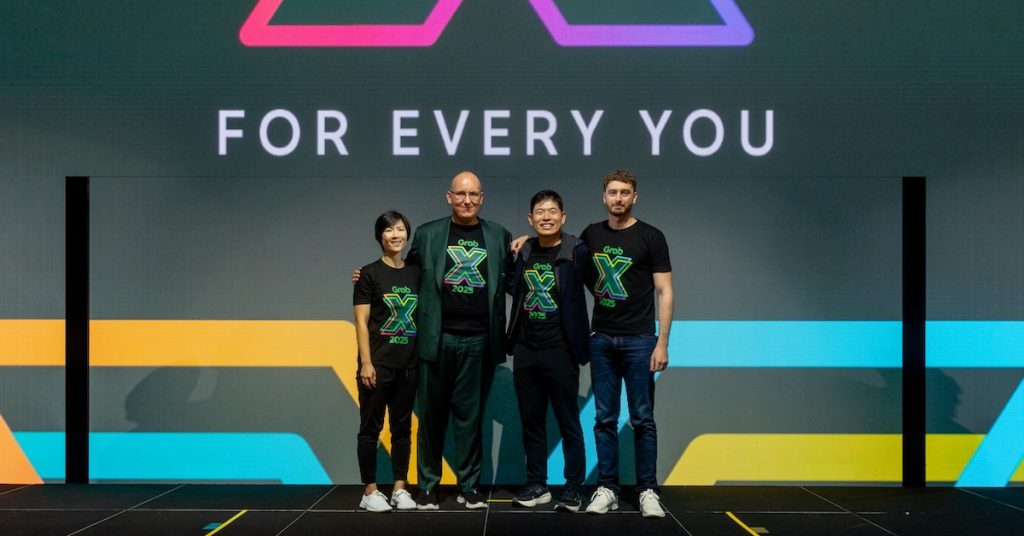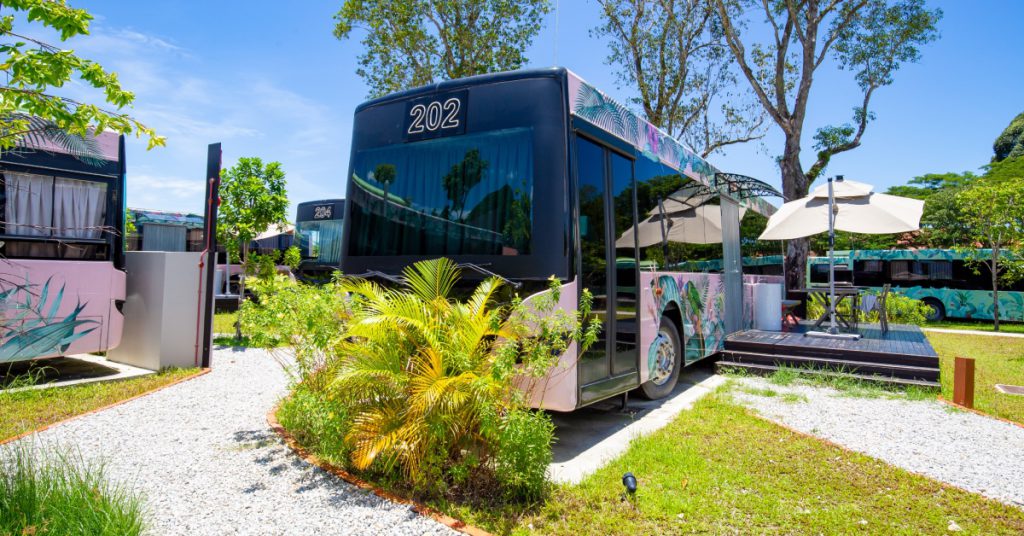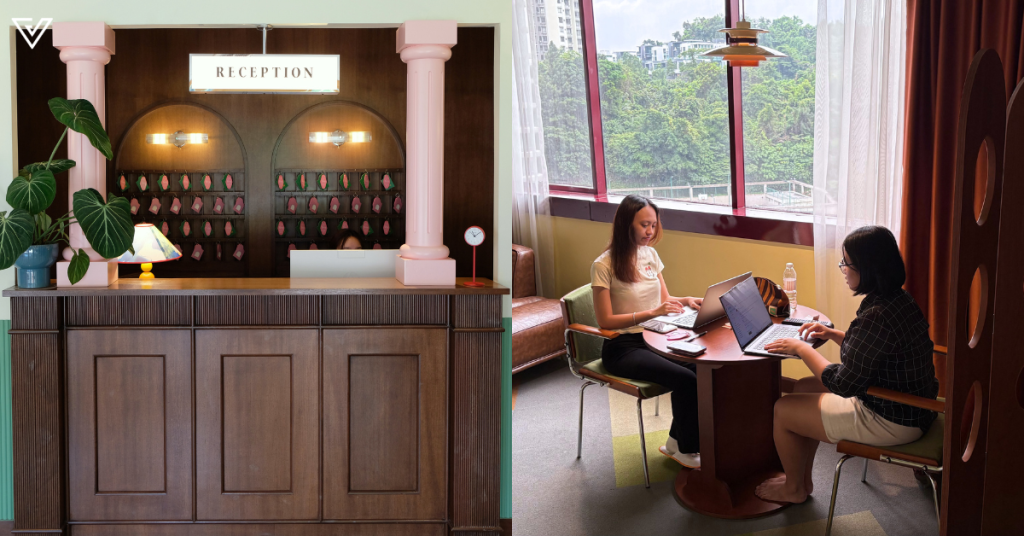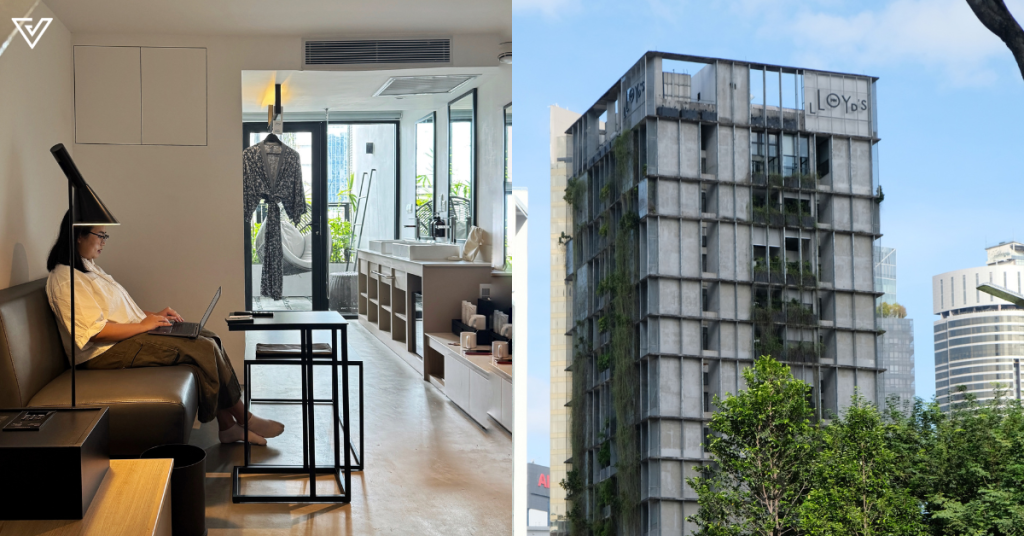Manila’s air is already polluted as it is, especially with the rampant increase of old, dirty and smoke-producing jeeps.
It makes commuting horrible, but the founder of the first electronic jeep manufacturer said change is coming.
Thanks to the good efforts of a certain local supplier, electronic vehicles are already roaming in the country.
In fact, jeepneys, tricycles, and quadricycles are now driving happily in the street of various provinces and regions in the Philippines.
In the early months of 2007, Philippine Utility Vehicle (PhUV) Inc. was born.
It is a corporation that aims to solve one of Philippines’ major problem: obsolete jeepneys that put people at risk, according to Rommel Juan, president of PhUV.
The solution to this? E-jeepneys.
PhUV was started up to create local mid-end jeepneys solely with local parts, so this shift to electric automobile was something new for them.
He wasn’t alone in this venture though. Joining him are seven well-known Philippine-based parts provider – MD Juan Enterprises, Yazaki-Torres, Glasteck, VSO, Autofir, Nito Seiki, and Manly Plastics.
Born From a Crisis
Back in the early presidential days of former Philippines president Gloria Macapagal Arroyo, particularly in 2003, she signed a new excise tax system that aims to erase tax exemption of Asian Utility Vehicles (AUV), which was mostly made by foreign developers.
As an effect, the demand for AUVs came to a halt, and local manufacturers began to feel the pinch as they were the major parts suppliers of the AVUs.
Fuelled by determination, some members of the then-Motor Vehicle Parts Association of the Philippines (MVAP) made an agreement to create their own line of local utility vehicles and supply, as well as continue to buy the parts needed for the project.
“The parts-makers were thinking of producing a local vehicle using as many local parts as we can,” said Rommel Juan.

PhUV’s first accomplished project as a utility vehicle included an internal combustion engine from China. Most of their engine suppliers unfortunately backed out of the project even though they were able to produce a decent prototype.
But thankfully, after one door closed on them, another one opens.
Green Renewable Independent Power Producers (GRIPP), an organisation that advocates clean energy and environmental preservation, decided to help out in their project, together with a generous funding from an international NGO.
After a great pitch to the Makati city local government, Makati Green Route project was born.
“The e-jeepneys are from China. We are parts manufacturers, so we called and told them, if you want e-jeepneys, then they should be locally made. So, we were tasked to make electric jeepneys.”
It took less than a year for PhUV to produce the first locally manufactured e-vehicle with Php1 million as capital, which was mostly spent on research and design.
“(The capital) was very small because we already have the technical expertise,” he said.

The group called its first e-jeepney Darna, named after the Filipino female hero. In fact, the headpiece on the sun visor resembles Darna’s headpiece.
All in all, PhUV sold 20 units of their e-jeeneys – each unit ranged from Php 700,000 to 750,000.
The units are powered by a state-of-the-art rechargeable automotive battery that can be charged via ordinary outlets. And unlike traditional jeepneys that can hold a maximum of 20 to 22 persons per unit, the e-jeepneys are only able to accommodate 16 people, which is equivalent to 14 tons.
“We have many ‘pioneers’ in the company. We are the first e-jeepneys to get the LTFRB (Land Transportation Franchising and Regulatory Board). Ours is also the first to have the orange license plate in the Philippines. We even own the trademark for e-jeepneys,” said Juan.
Besides being owners of PhUV, four of them became officers of the acknowledged EVAP – an association of 50 members consisting of automobile suppliers, developer, manufacturers, and dealers.
Expanding their connections are only a quarter of what they have in store for their company, said Juan.

To date, PhUV has developed and sold an estimated amount of 200 units of e-jeepneys, 200 e-tricycles and 50 quad vehicles that were distributed in various provinces and regions in the country.
The company has done its fair share of selling to big-time private companies, educational institutions, and fleet operators numerous cities like Las Piñas, Plantation Bay, Muntinlupa City, Filinvest Land, Ateneo de Manila and De La Salle University in Cavite.
Despite getting praise, Juan said that he is still unhappy with the results thus far.
Sales of only 450 electric jeepneys, tricycles and quadricycles in the last 10 years, still falls short of his expectations.
And according to the financial statement filed with the Securities and Exchange Commission (SEC), it stated that they have lost a staggering amount of Php1.4 million in their Php19 million revenues in late 2015.
As such, Juan is even more determined to push the number higher, especially with the ongoing implementation of the public utility vehicle (PUV) modernisation where at least 200,000 old and obsolete PUVs are going to be replaced with modern jeepneys that have electric-powered motors.
“Once that takes effect, there will be a need for brand new jeepneys. We will be pushing for electric jeepneys as much as we can then,” Juan said.

Currently, PhUV’s goal is to sell at least 10,000 brand new units, or 5 to 10 per cent of the whole 200,000 old PUVs that are supposed to be replaced due to the modernisation program of the Philippine government.
“There’s a reset happening now. The DOE (Department of Energy) wants a new e-trike program, and there’s PUV modernisation. So now we’ve got a (bigger) market, finally.”
The only chink in the plan of PhUV is that other players seem to share the same plan as them – they need to leverage the issue at hand, but this would mean more competition in the field.
Featured Image Credit: www.ejeepney.com.ph


